Running your Wave Spa really doesn’t have to be expensive! In fact, we’ve estimated that the average cost of maintaining your hot tub’s heat is just 30p/¢ per hour*. Nevertheless, there are always further steps you can take to ensure your tub runs on a budget.
A Wave spa is a perfect place to sit back, relax and unwind, and we want to keep it that way! It’s time to quit stressing about what your hot tub adds to your energy bill and follow our top five money-saving tips. Our spas are some of the most budget-friendly hot tubs on the market, but the savings don’t just have to stop there! Here’s how to continue enjoying your luxurious spa experience at an affordable price.
1) KEEP YOUR HEATER RUNNING
There are several steps you can take to make a real difference to your energy bill. The first, and perhaps least obvious is by keeping your heater running. This sounds counterproductive, we know, but if you use your spa at least three times a week, then this tip can be a life-saver! When you turn your heater off, your water temperature will dramatically decrease. Heating it back up 24 hours later to your ideal temperature will not only take time, but it can also cost you a lot more money! As a result, we recommend setting your spa to it’s lowest temperature when not in use. Not only is this more economical, but it’ll protect your liner from freezing in the winter. (If you don’t regularly use your spa, then it is more cost-effective to switch your heater off.)
2) INSULATE: FROM THE BOTTOM TO THE TOP
The temperature outside of your hot tub can drastically affect your spa’s heat. Placing your spa on the groundsheet will prevent heat from dispersing as it touches cold surfaces. Additionally, it can shield your inflatable hot tub, providing a protective layer from any sharp stones/objects that may puncture your liner.
A Bubble Mat Liner can be used as an additional insulating layer for the top of your spa. Designed with regularly spaced air pockets that form a thermal barrier, this product is a money-saving must-have!
3) COVER YOUR SPA
There are several benefits to using a cover for your hot tub. The first is that it traps any rising heat, insulating your spas water and keeping the cost of heating much lower. Whenever you aren’t using your spa, we recommend placing one of our convenient Inflatable Spa Covers over the top of your hot tub. Even if you’re only popping out for a drink or a trip to the toilet, quickly placing the cover over your spa can make all the difference!
Better still, our inflatable covers work to protect your water from debris and the elements! Although hot-tubbing in the light rain can be a delightful experience, you don’t want cold, dirty rainwater continually filling your hot spa.
4) FILL YOUR HOT TUB WITH WARM WATER
The simplest step you can take to save money whilst running your hot tub is by filling your spa with warm water. Using water at a higher temperature, instead of cold water from the garden hose, means your heater doesn’t need to start from scratch. Not only does this save money but it means you’ll be relaxing in your spa in no time! (Please note: your spa water should not be any warmer than 40 degrees. Placing boiling water inside your inflatable hot tub will damage the liner.)
5) LOCATION, LOCATION, LOCATION
Believe it or not, the location of your hot tub can affect how much energy you save. Wind blowing over the surface of your spa not only cools the water but evaporates it too! Placing your hot tub next to a windbreak, for example, a fence, wall or hedge, can help resolve this. If this isn’t possible, then it’s always a good idea to create your own. Gazebos and tents make the perfect windbreak, large enough garden sheds can work too! An extra bonus of adding a windbreak is that it gives you an attractive setup, adding a little privacy too.
Thanks for reading our energy-saving advice! Although it may take a little time and investment to follow, it really is worth following in the long-run! Please let us know if you found this article helpful and keep your eyes peeled for more insightful top tips!
*Please note, this calculation is based on the average UK/USA cost of p/¢ per kWh. This price will vary depending on your electricity provider. Please check for an updated price with your electrical supply company if you need to calculate more detailed usage costs.



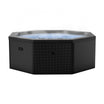
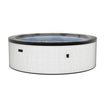
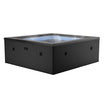




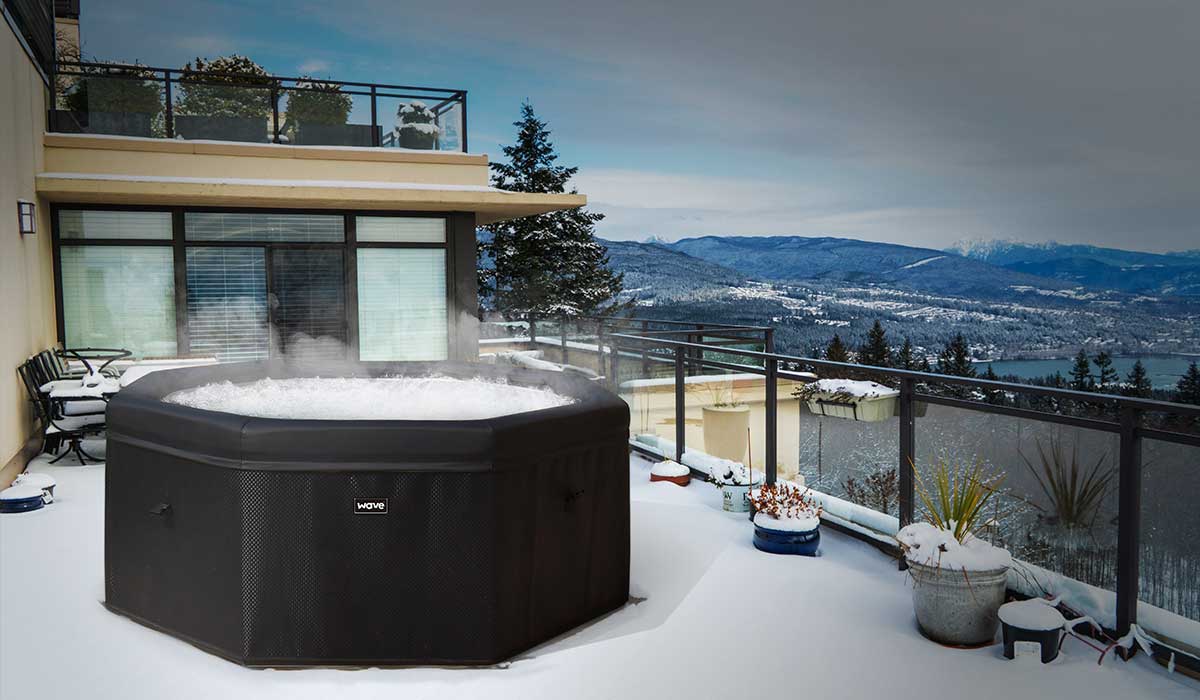
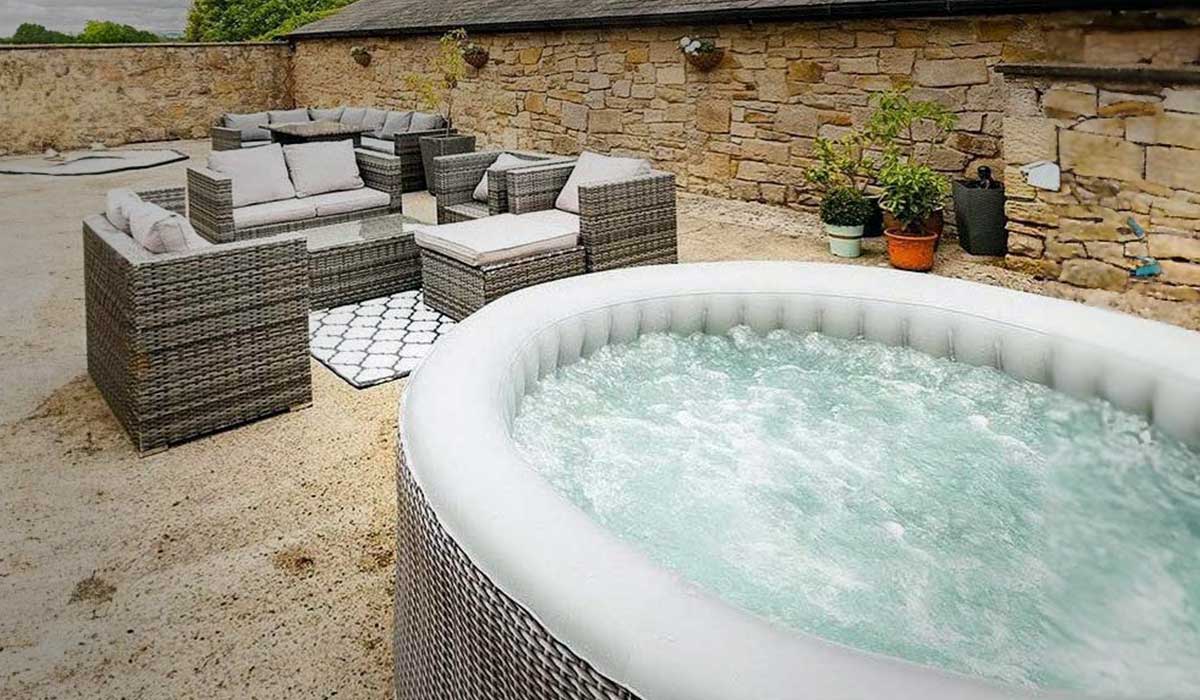








Leave a comment
This site is protected by hCaptcha and the hCaptcha Privacy Policy and Terms of Service apply.